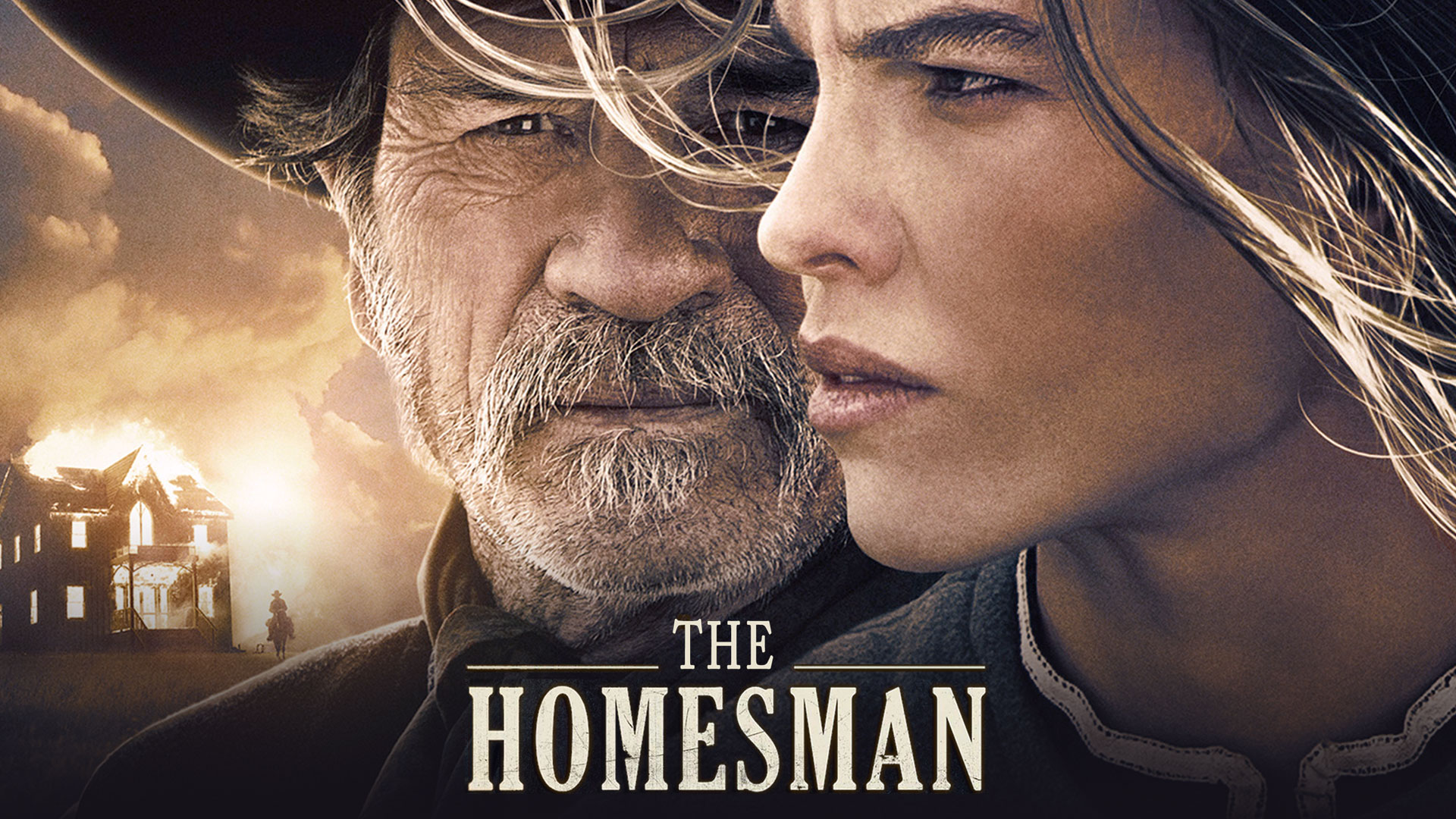"Take Shelter" (2011): A Harrowing Portrait of Fear, Faith, and Mental Collapse
Take Shelter (2011), directed by Jeff Nichols, is a haunting psychological drama that masterfully blends elements of family life, mental illness, and apocalyptic dread. Anchored by a deeply moving performance from Michael Shannon, the film examines one man’s terrifying visions of a coming storm—visions that may be either prophetic warnings or symptoms of inherited schizophrenia. What follows is an intimate, slow-burning descent into uncertainty, testing the bonds of love, trust, and sanity.
Shannon plays Curtis LaForche, a quiet, working-class husband and father living in rural Ohio. He has a stable job in construction, a loving wife named Samantha (played with quiet strength by Jessica Chastain), and a young daughter, Hannah, who is deaf. Their life is modest but happy—until Curtis begins experiencing disturbing dreams and hallucinations. Violent storms, swarms of birds flying in unnatural patterns, and ghostly figures attacking his family haunt his nights and slowly invade his waking life. These visions, depicted with eerie subtlety and striking visual effects, are deeply unsettling.
Rather than sharing his fears, Curtis internalizes them. He becomes obsessed with expanding the family’s storm shelter in the backyard, spending savings and risking his job to do so. His behavior grows increasingly erratic, creating strain between him and Samantha, who is at once confused, concerned, and unwaveringly supportive. Curtis’ paranoia deepens as he questions whether he's mentally ill—like his mother, who was diagnosed with paranoid schizophrenia—or if he truly is witnessing the signs of an impending cataclysm.
Take Shelter is not a typical disaster film. Instead, it uses the language and imagery of apocalypse as a metaphor for personal anxiety, economic fragility, and the invisible burden of mental health struggles. Director Jeff Nichols crafts an atmosphere of dread that builds with painstaking patience. The cinematography captures the stillness of everyday life, then slowly distorts it with menacing skies, distant thunder, and the constant threat of something—whether real or imagined—looming just beyond the horizon.
Michael Shannon’s performance is the film’s emotional core. His portrayal of Curtis is quiet, intense, and deeply human. He expresses fear, confusion, and love with remarkable restraint. Jessica Chastain brings balance to the story as Samantha, whose empathy and groundedness offer a powerful counterweight to Curtis’ unraveling. Their relationship is portrayed with raw honesty, making the stakes of Curtis' internal battle all the more painful and real.
The film’s final moments are deliberately ambiguous and continue to spark discussion. Without spoiling the ending, Nichols leaves viewers questioning the nature of truth, faith, and perception. Is Curtis a madman, a prophet, or both? That ambiguity is precisely what makes Take Shelter so powerful.

In conclusion, Take Shelter is a masterfully crafted, emotionally resonant film that explores the fragile line between reality and delusion. It’s a chilling meditation on fear—both personal and collective—and the quiet resilience of those who carry it. Through mesmerizing performances and haunting imagery, it reminds us that the scariest storms are sometimes the ones inside our own minds.



